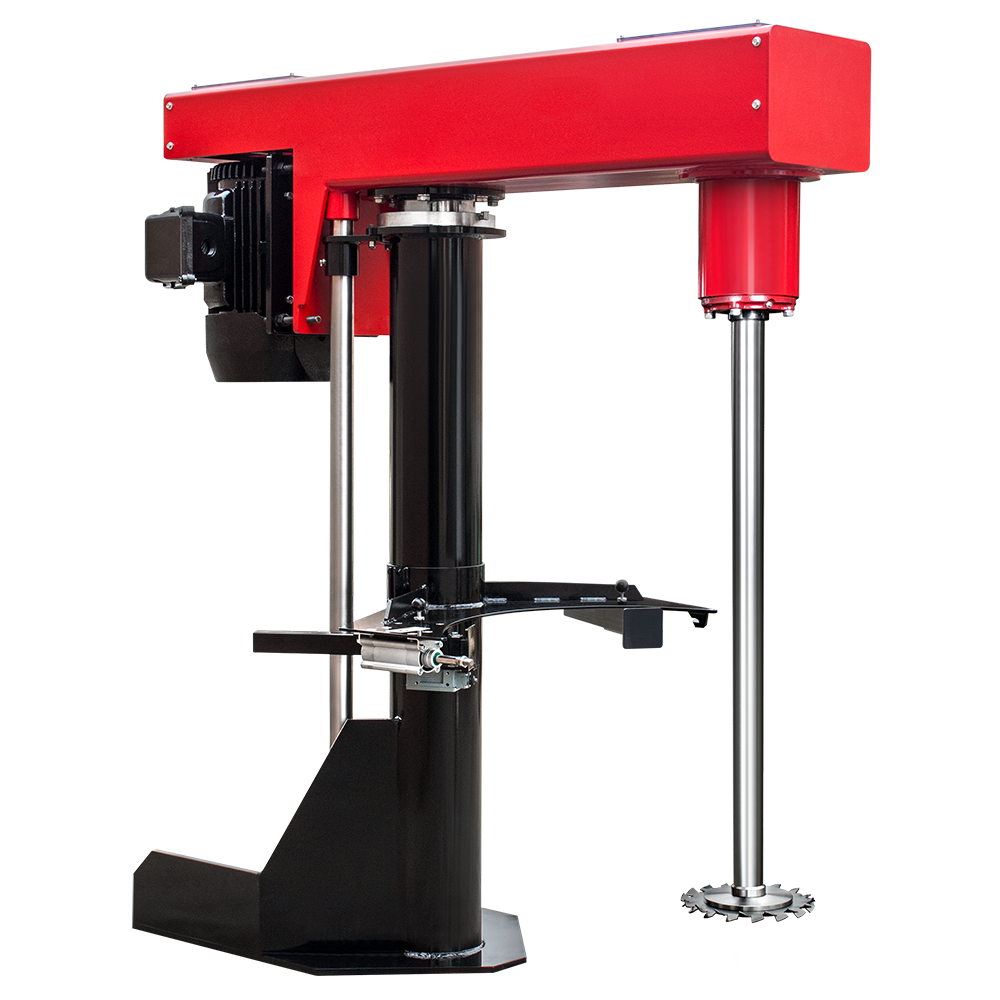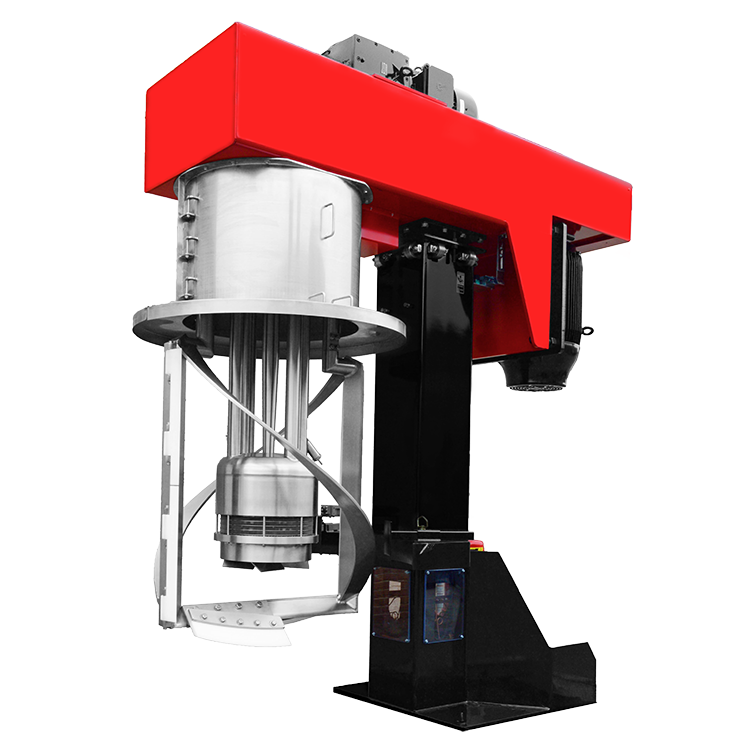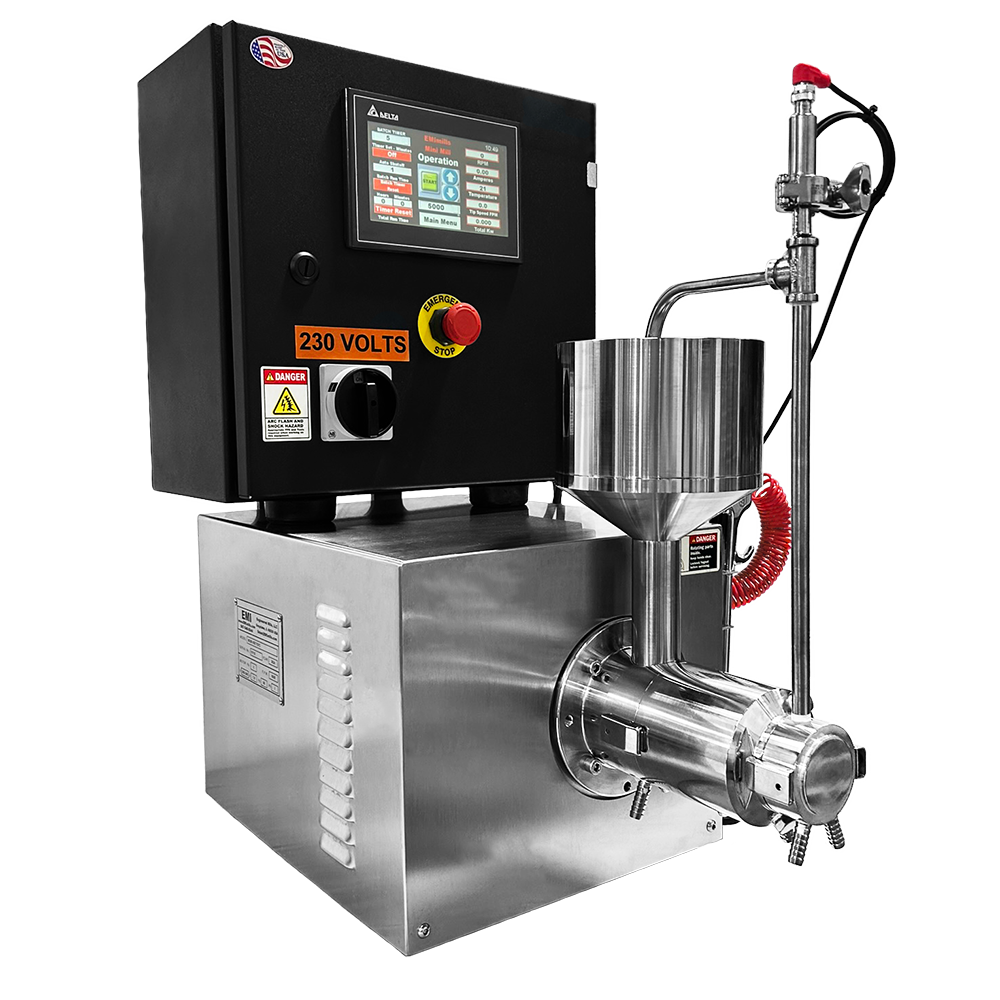SCREENING & SEPARATING
Separation through screening, sieving, classifying and filtering has been around for thousands of years. There are many variations of “modern” screeners which are around 75 years old. However, in the last 10 years newer methods of screening have been developed. For this type of operation there are several considerations in order to determine the type of screen, sieve, filter or classifier that should be used.
Contact Norstone for more information on this equipment or to set up a test.
For more detailed information on this subject, please visit the Education & Information Section.
Screeners & Sieves:
Screeners (liquids) & Sieves (powders) are available in a wide variety of styles and shapes for all industries.
The standard types of machines will be rectangular, round or cylindrical with the ability to efficiently screen particles larger than 325 mesh/44 microns.
As particles become smaller they become more difficult to separate through screening/sieving. To aid in this separation, ultrasonic screen stimulators were developed in addition to tools such as balls, brushes, steam, air knives and sprayers.
The newer generation of screeners/sieves uses sound directed to the screen surface to surpass the ultrasonic performance. The sound wave can be captured at a high enough level so that, unlike ultrasonics, it can even be used to separate particles in liquids. The HiSifter is an excellent example of this type of screener which can separate particles as small as 10 microns. In addition to the horizontal and vertical motion created by weights, the acoustic action creates a vertical motion of the product which appears to be similar to a fluid bed. The particle sizes separate more easily as well as adding more velocity to the falling particle. The mesh open area is kept open by the energy emitted by the sound vibration. The limit for these types of screeners is the media and not the technology itself. In other words, the challenge is finding mesh material with small openings and large surface area to make this technology work for particles smaller than 10 microns.
[custom_process_shortcode id=187]

 Grinding Media Depot
Grinding Media Depot Blade Depot
Blade Depot Tank Provider
Tank Provider Process Equipment: Mix, Disperse, Mill, Sieve, Filter
Process Equipment: Mix, Disperse, Mill, Sieve, Filter Packaging Equipment: Fill, Label, Cap, Close, Accumulate, Seal
Packaging Equipment: Fill, Label, Cap, Close, Accumulate, Seal Laboratory Equipment
Laboratory Equipment Abrasion Resistant/Non-Metal: Parts, Coatings, Linings
Abrasion Resistant/Non-Metal: Parts, Coatings, Linings Miscellaneous Medias: Polish, Round, Precision, Ballast etc.
Miscellaneous Medias: Polish, Round, Precision, Ballast etc.





